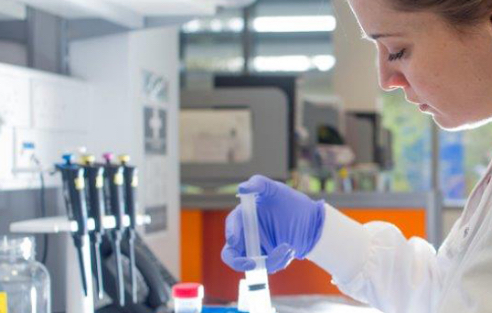Inspired minds, inspired places
The Biomedical Sciences Directorate (BMS) has a vision to build world-class Discovery Science and Translational Medicine programmes in partnership with the University Hospital Coventry & Warwickshire (UHCW); deliver interdisciplinary educational programmes; and transmit new knowledge to the wider world through an exciting public engagement interface.
Home to 40 Principal Investigators, including clinical and non-clinical academics, BMS has several joint appointments with other departments to drive interdisciplinary work.
